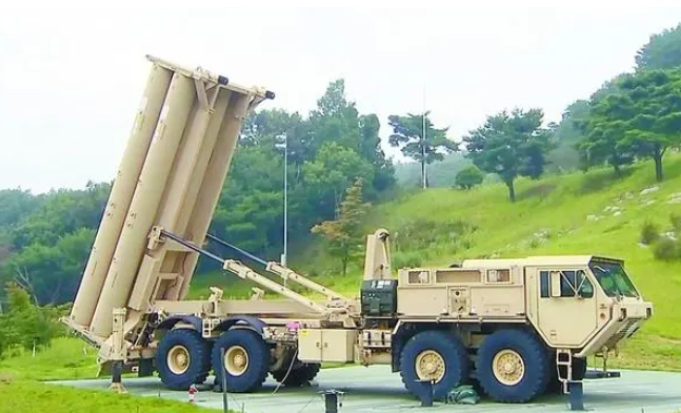What is the difference between anti-drone systems based on optical detection and acoustic detection?
Release time:
2024-12-24
The current drone technology is becoming increasingly advanced, but the dangers of drones are also particularly significant, as they can play corresponding roles on the battlefield and in daily life. For example, drones can be used on the battlefield to carry ammunition and launch attacks on ground targets, which can cause serious harm. As a result, many countries have begun to developanti-drone systems, which can eliminate the threats posed by drones and easily destroy them. Anti-drone systems are effective against drones; however, the principles applied by different anti-drone systems vary significantly. For instance, some anti-drone systems use electro-optical technology to detect the location of drones and initiate attacks; while others rely on acoustic methods to detect drones, such as capturing the sound of a drone to determine its location, allowing for timely detection and rapid strikes against drone equipment.

Electro-optical drone detection relies on visible light or infrared band electro-optical sensors combined with multiple fixed cameras deployed alongside software to automatically detect and track drone equipment. For example, Estonia's C-UAS anti-drone system can detect drone equipment and counter missiles. This advanced anti-drone system utilizes radar, radio frequency detectors, jammers, and other sensors with cutting-edge technology to provide excellent defense and strike capabilities, easily detecting drones and cruise missiles that enter its strike range.
Some anti-drone systems use acoustic principles for detection; for instance, they can utilize acoustic sensors to quickly capture the sounds of a drone's propellers and generators. High-sensitivity microphone arrays and audio analysis technology sensors detect drone equipment through sound characteristics and can automatically compare and analyze against an acoustic feature database to determine the flight type of the drone. For example, Europe has launched an 'Aerial Sentinel' acoustic sensor array that tracks micro-multirotors and largefixed-wing drones, helicopters, etc.

This type of acoustic sensor consists of a multi-task sensor device array, an acoustic host computer, and a weather station paired with satellite navigation receivers to easily determine the position and flight direction of drones. This anti-drone system can categorize sound frequencies into different frequency bands to identify the specific direction of threats. The detection range of anti-drone systems is determined by factors such as drone type as well as weather conditions like wind direction and speed along with noise levels; it is also capable of providing information about detected drones.
*Statement: This article is sourced from the internet without verified origins; it is intended solely for academic sharing.It does not involve any expression of biased opinions. If there are any infringements or objections, please contact the editor for removal.









